Zanussi DW 925 User manual
Other Zanussi Dishwasher manuals
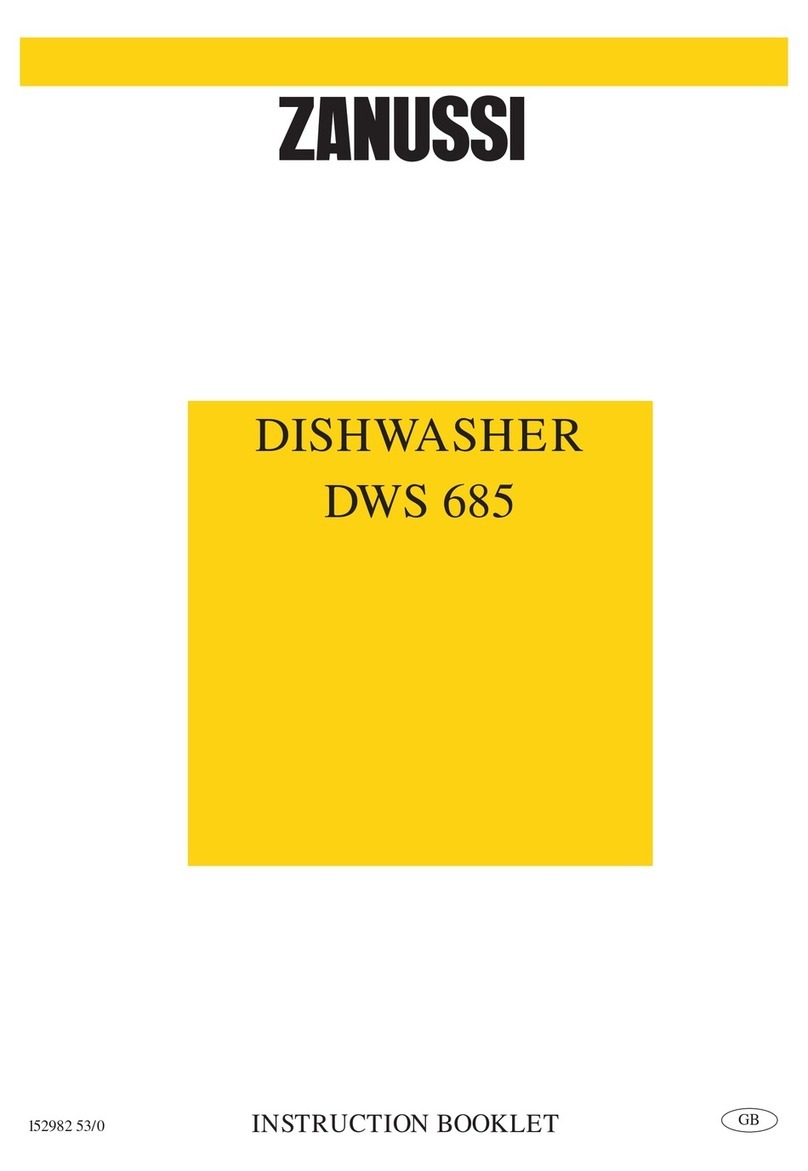
Zanussi
Zanussi DWS685 User manual

Zanussi
Zanussi ZDF22002WA User manual

Zanussi
Zanussi ZDI26001XA User manual

Zanussi
Zanussi ZHTAWS 504237 User manual

Zanussi
Zanussi ZDI 6743 User manual
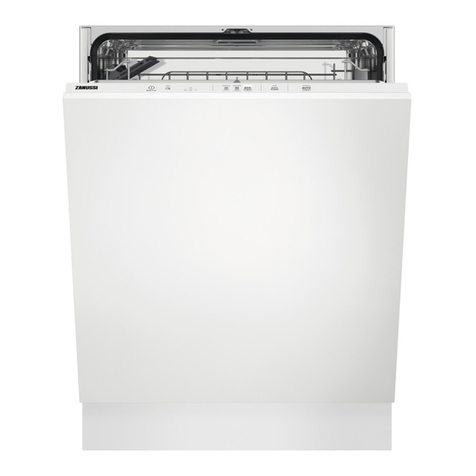
Zanussi
Zanussi ZDLN2521 User manual

Zanussi
Zanussi ZDM11301WA User manual
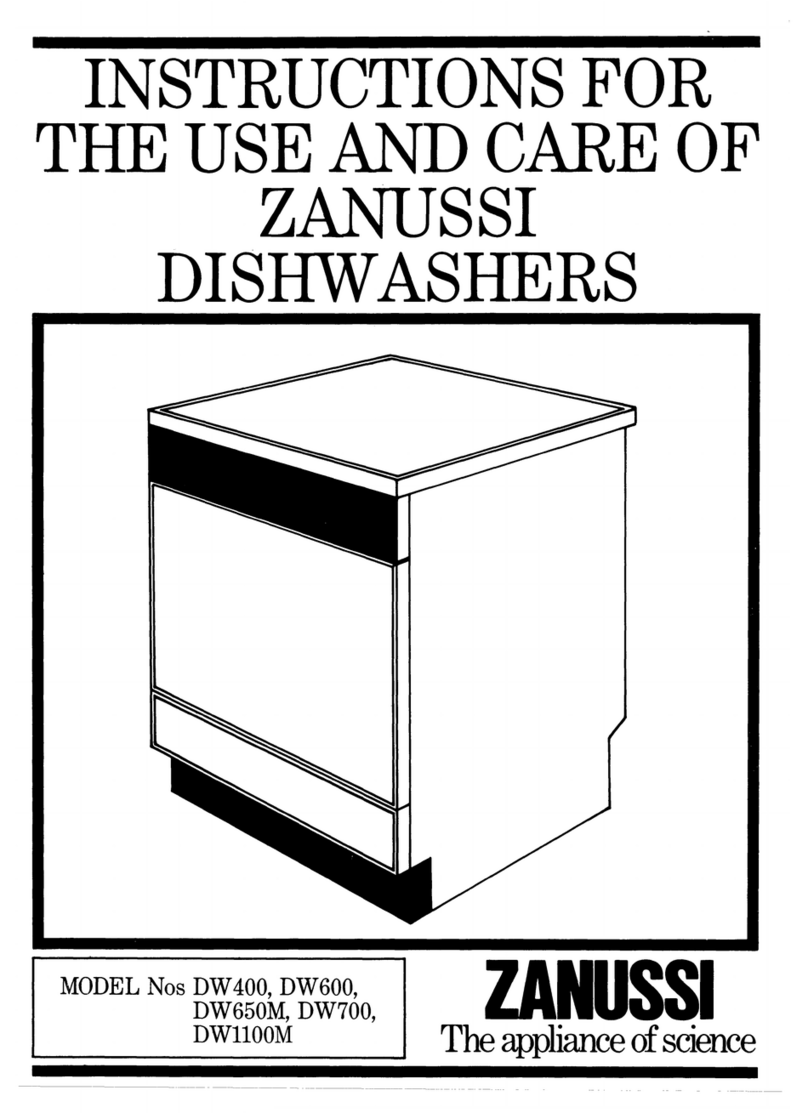
Zanussi
Zanussi DW1100M Quick reference guide
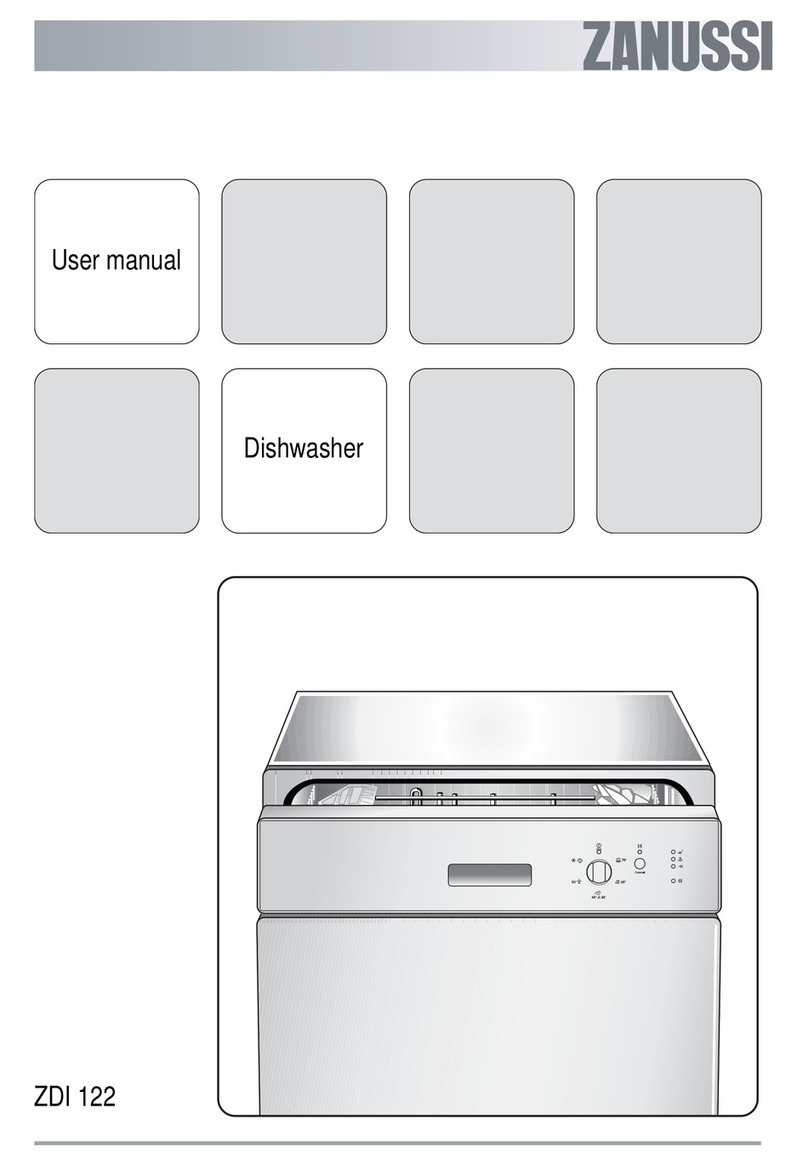
Zanussi
Zanussi ZDI 122 User manual
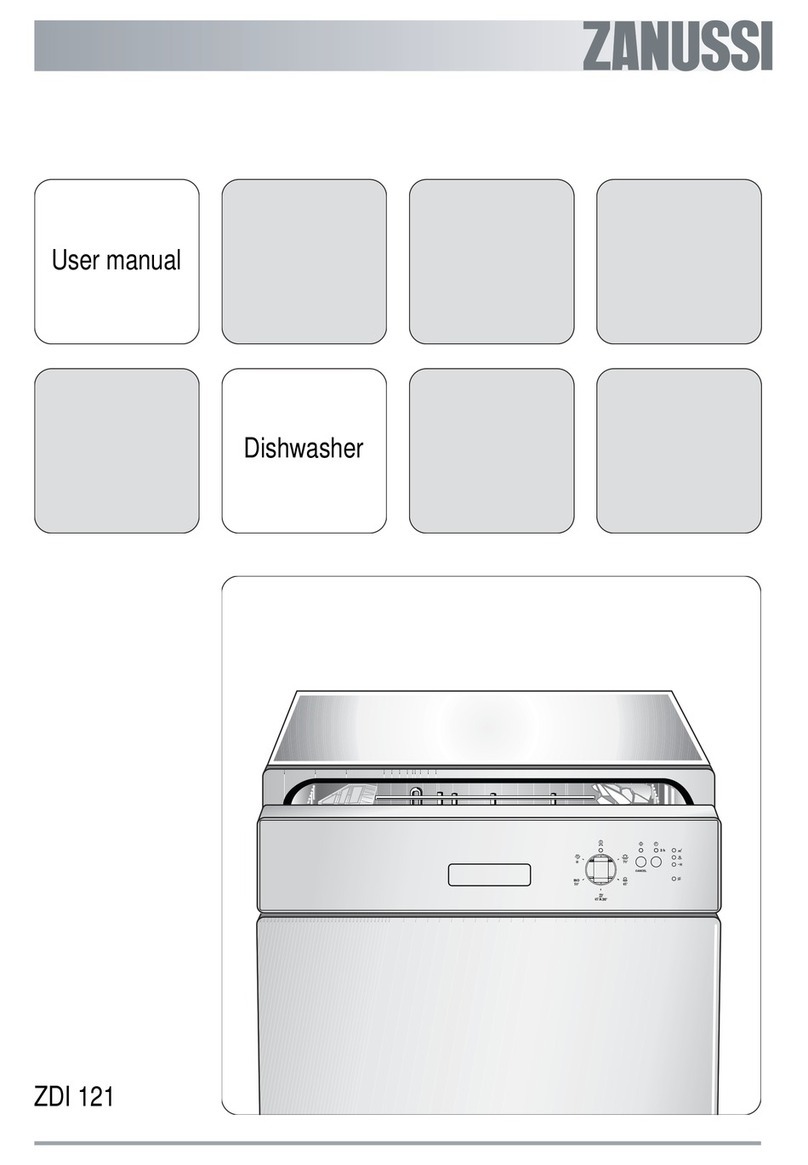
Zanussi
Zanussi ZDI121 User manual

Zanussi
Zanussi DW 15 TCR Operating and safety instructions

Zanussi
Zanussi Z 800VS Installation instructions
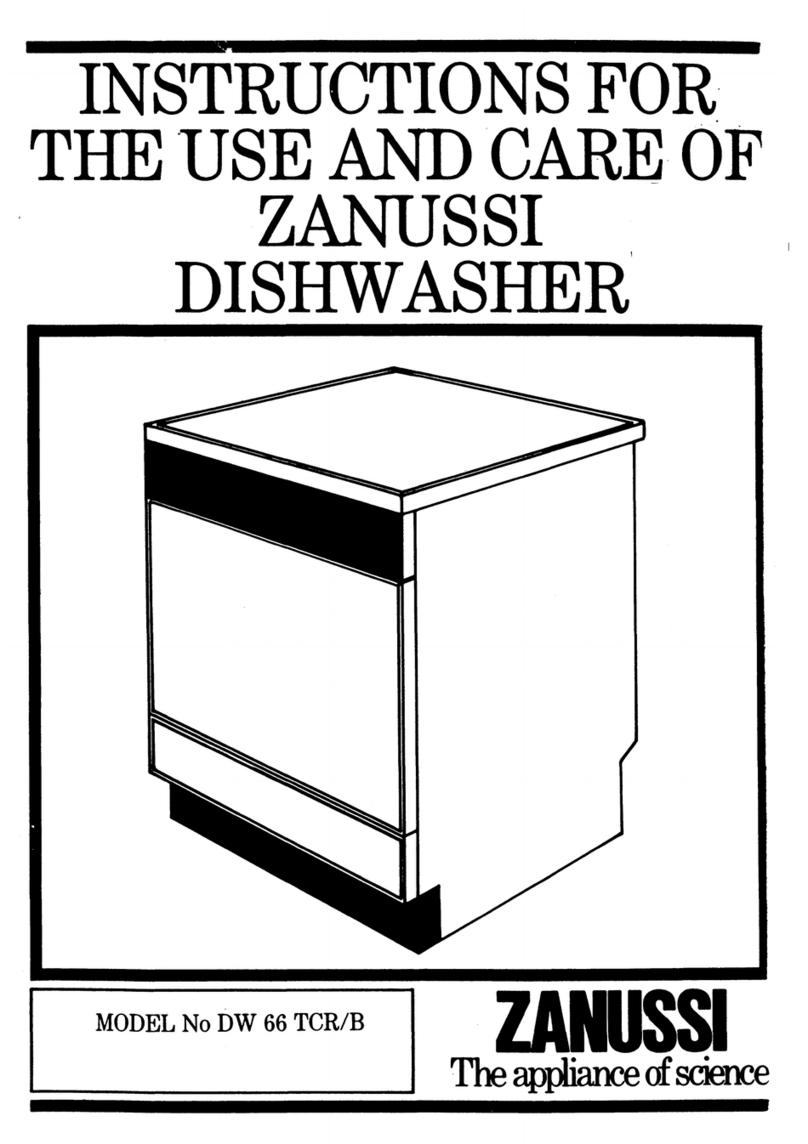
Zanussi
Zanussi DW 66 TCR/B Assembly instructions

Zanussi
Zanussi ZDT8453 User manual

Zanussi
Zanussi ZDT 21001FA User manual
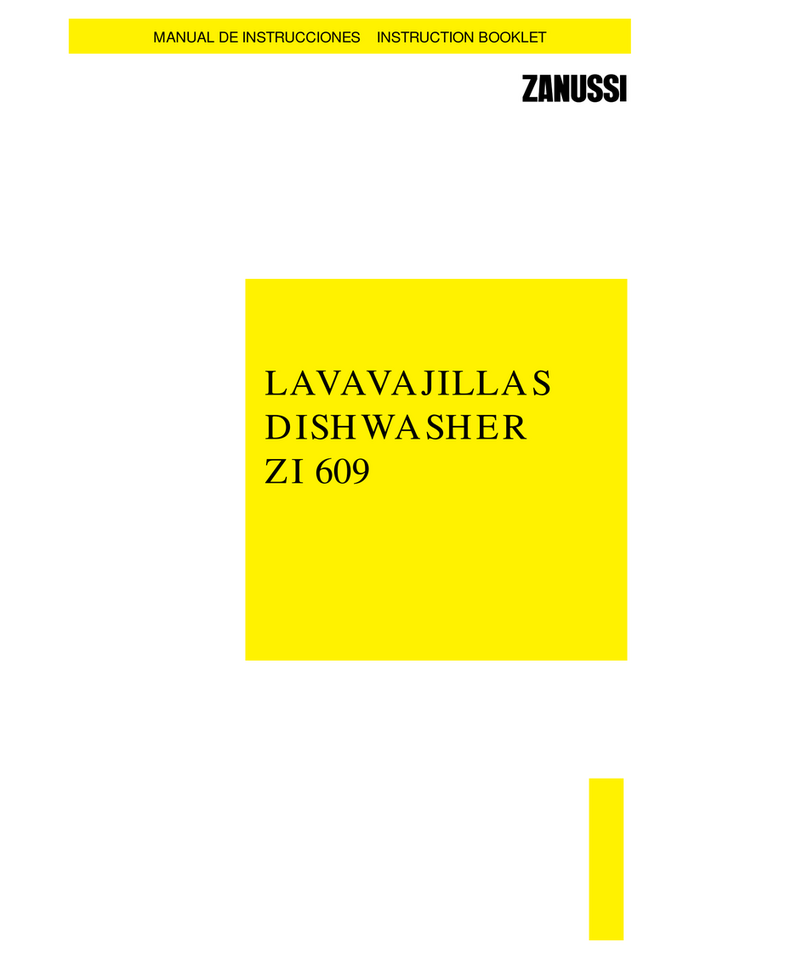
Zanussi
Zanussi ZI 609 User manual

Zanussi
Zanussi ZSLN1211 User manual

Zanussi
Zanussi DE 6854 User manual

Zanussi
Zanussi DW 911 User manual
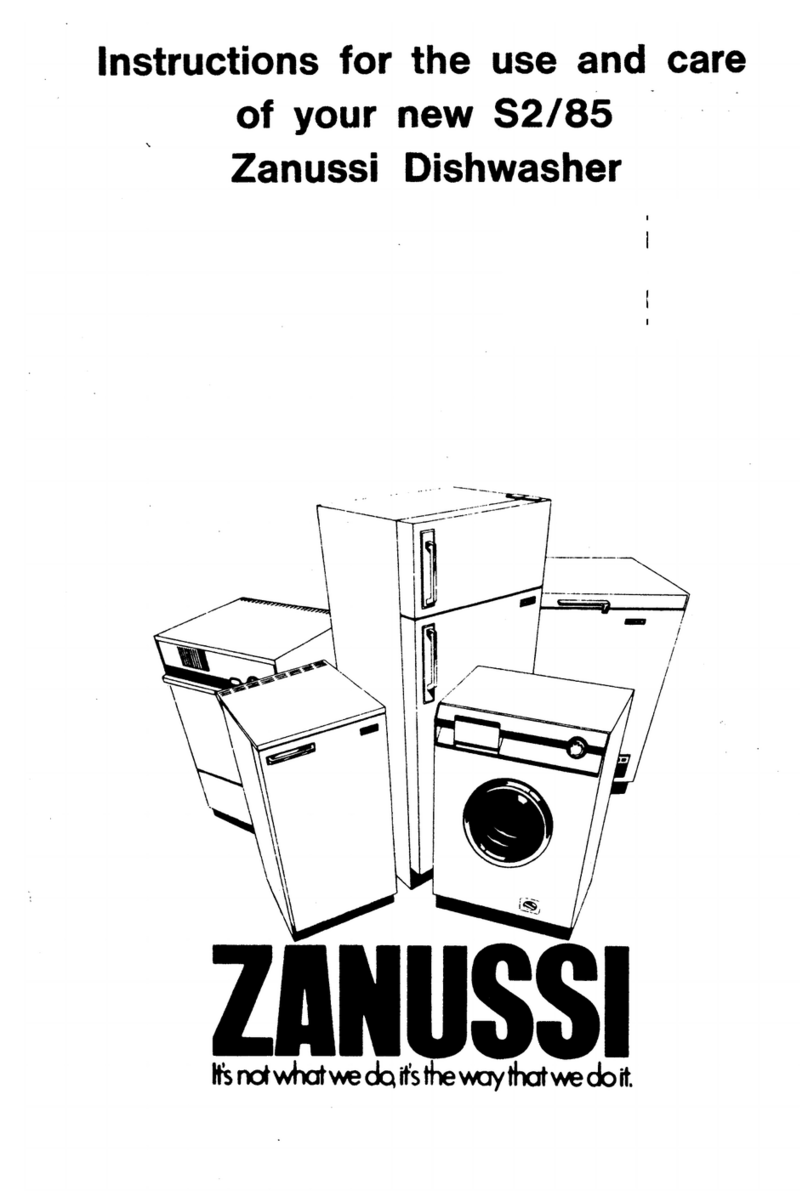
Zanussi
Zanussi S2/85 Assembly instructions































